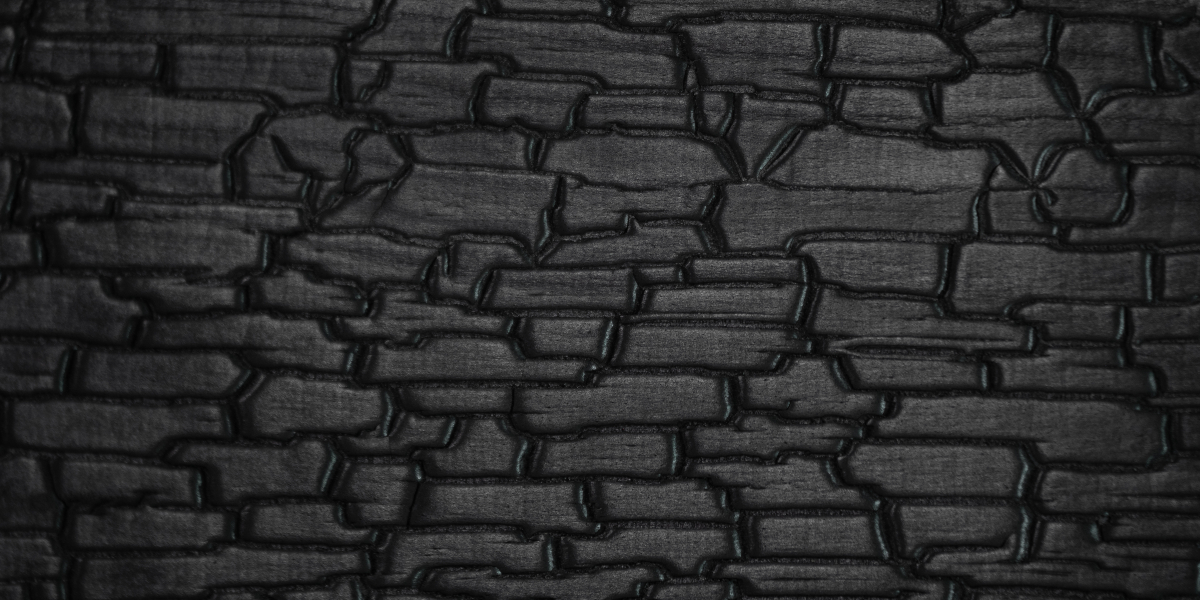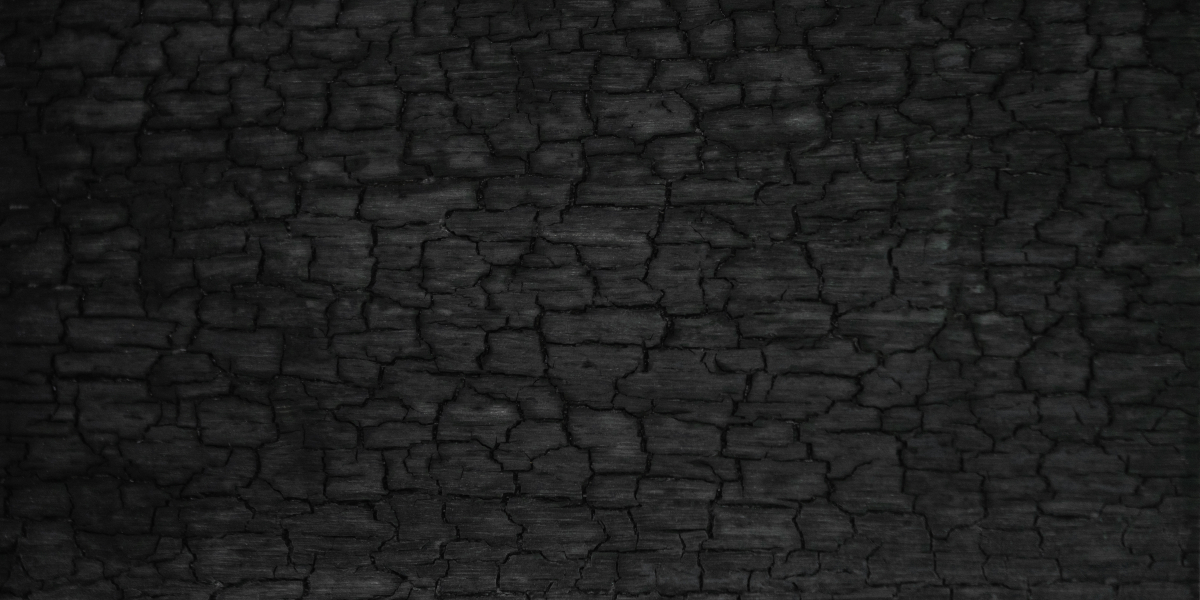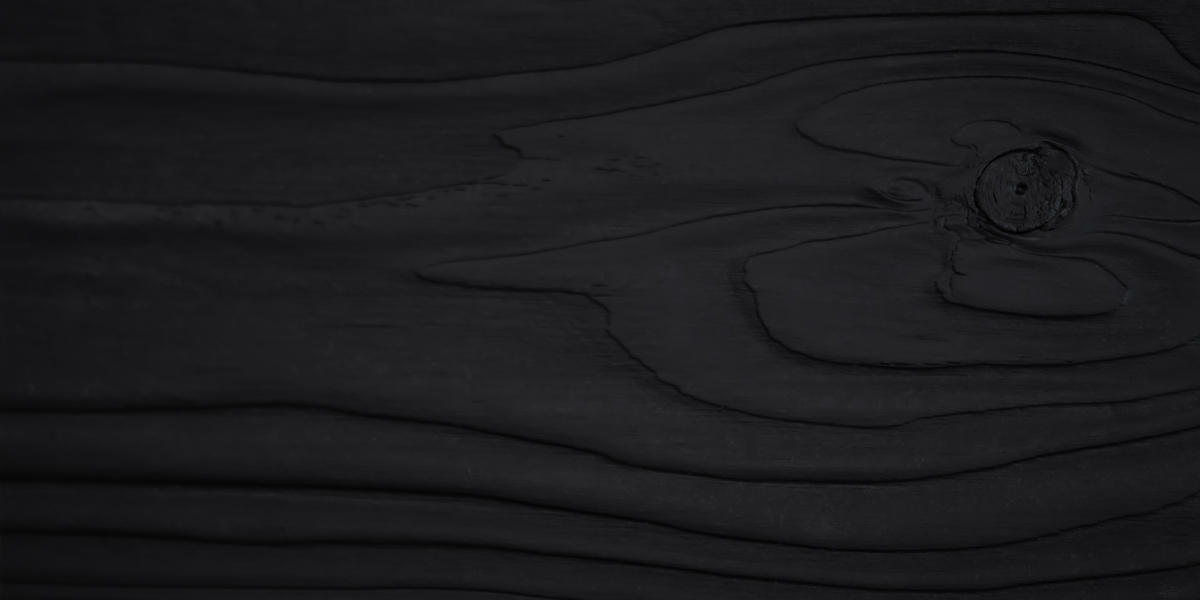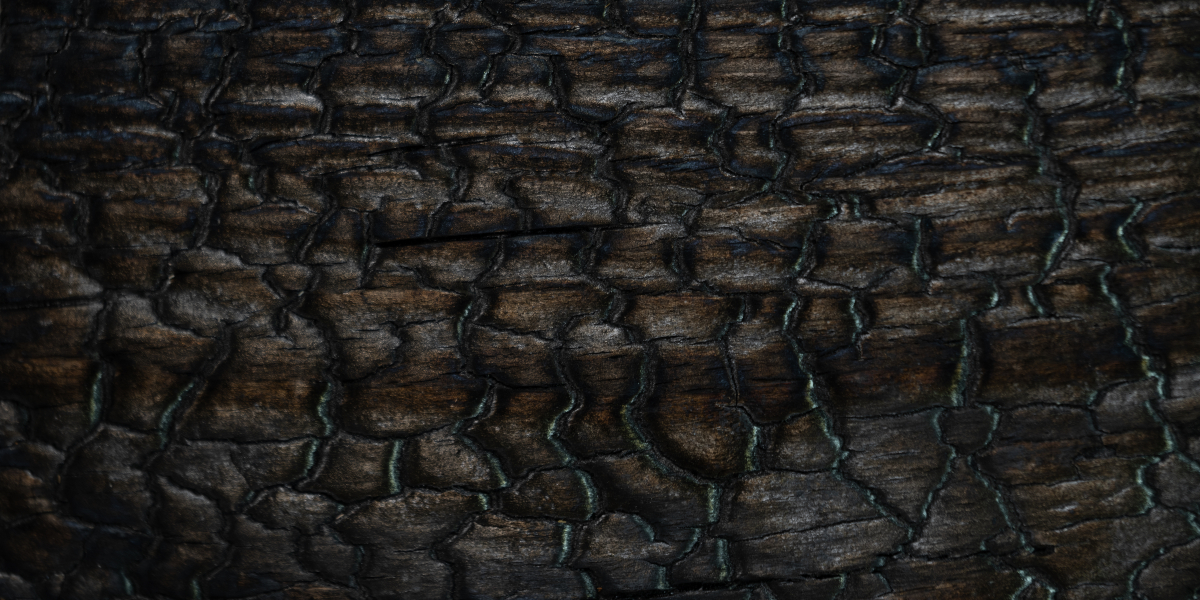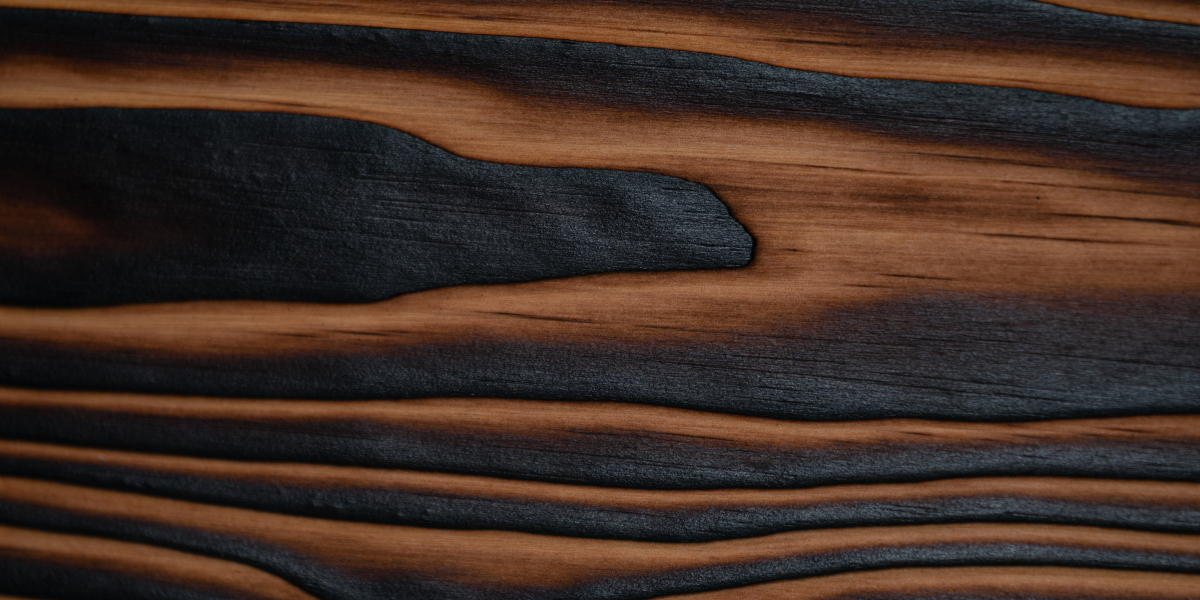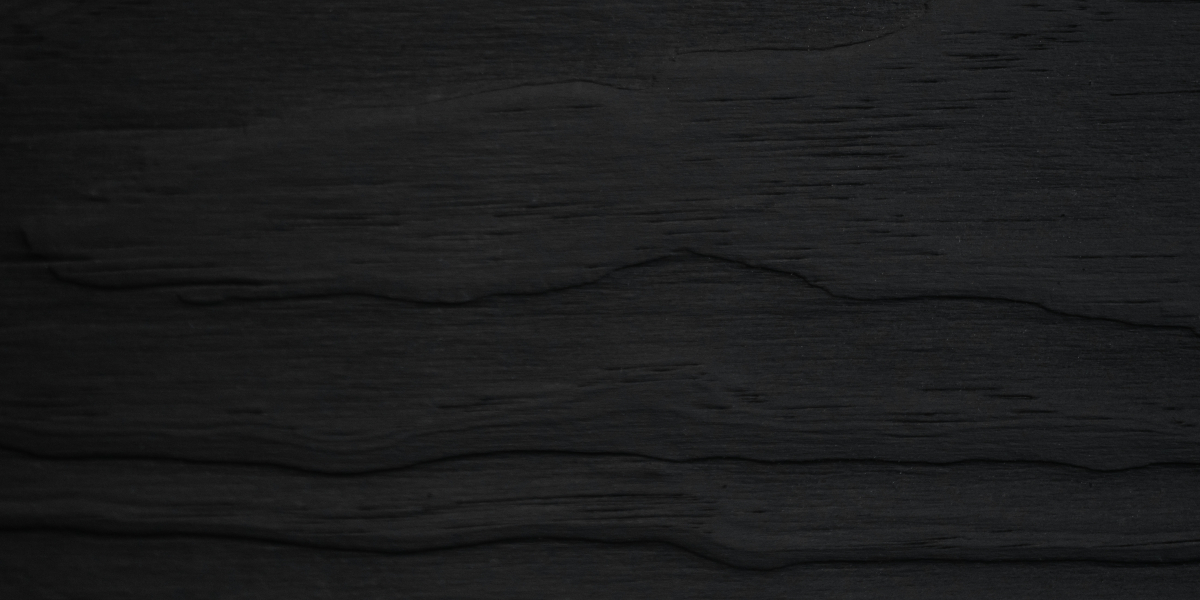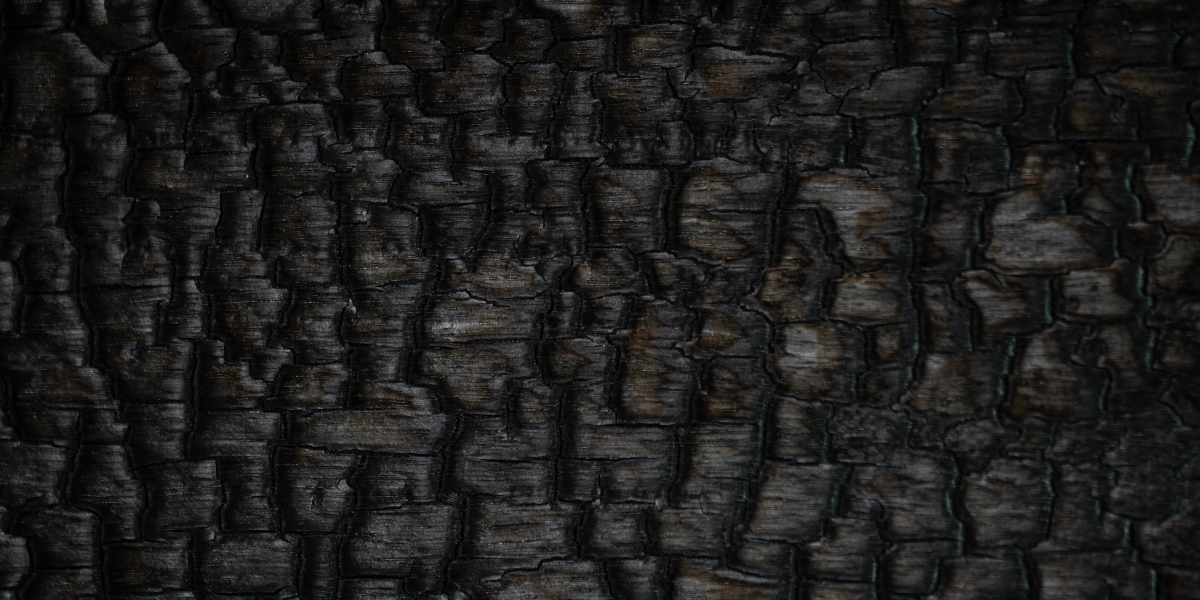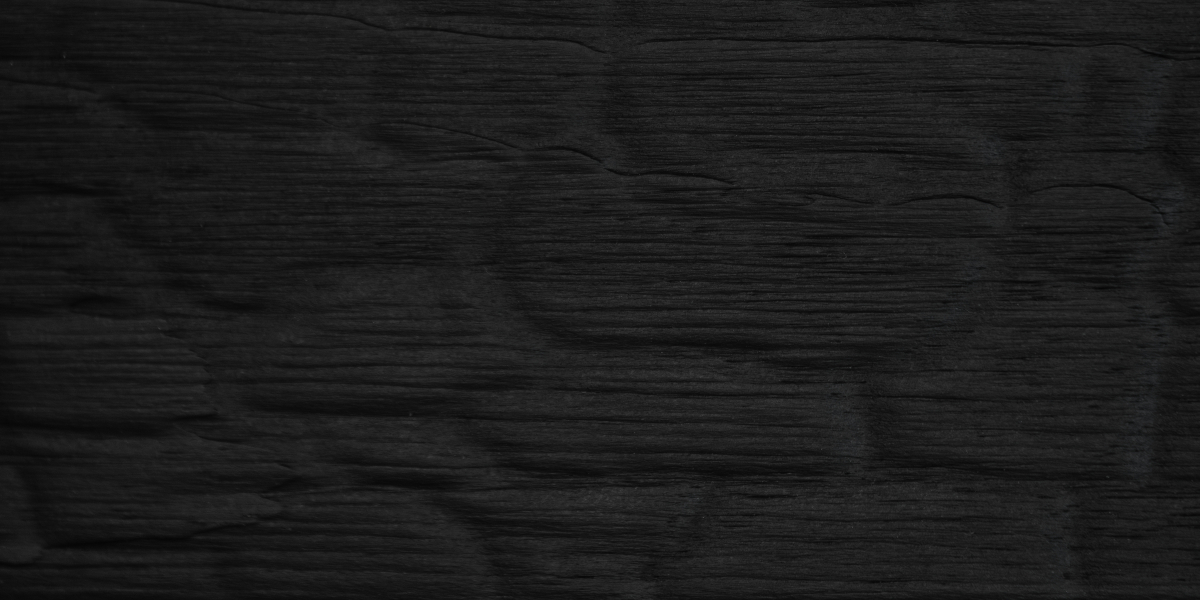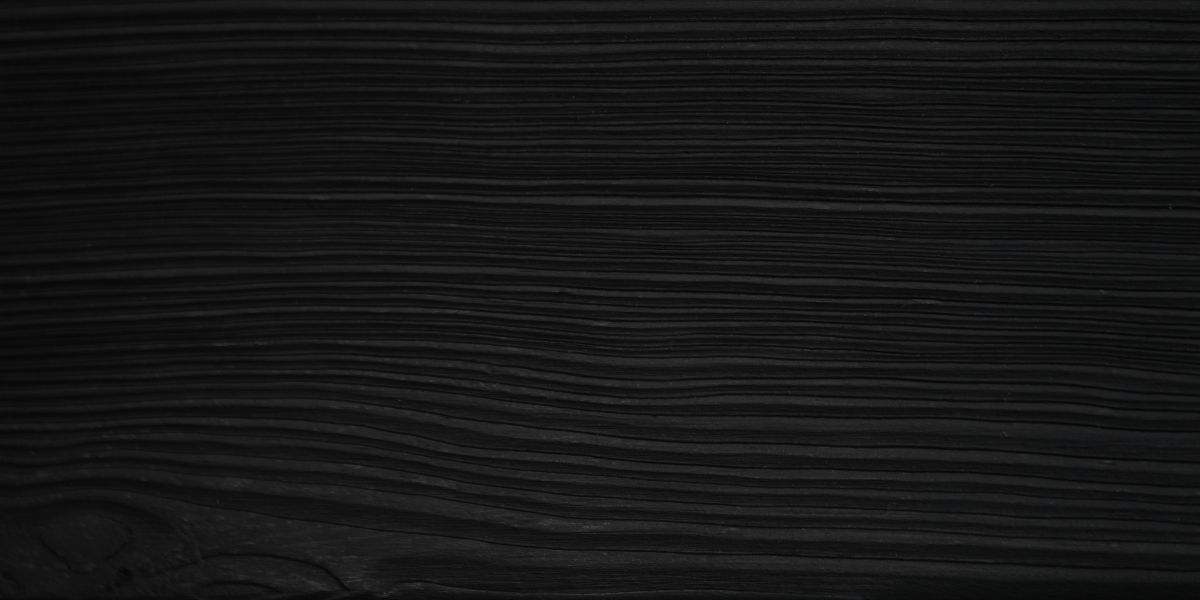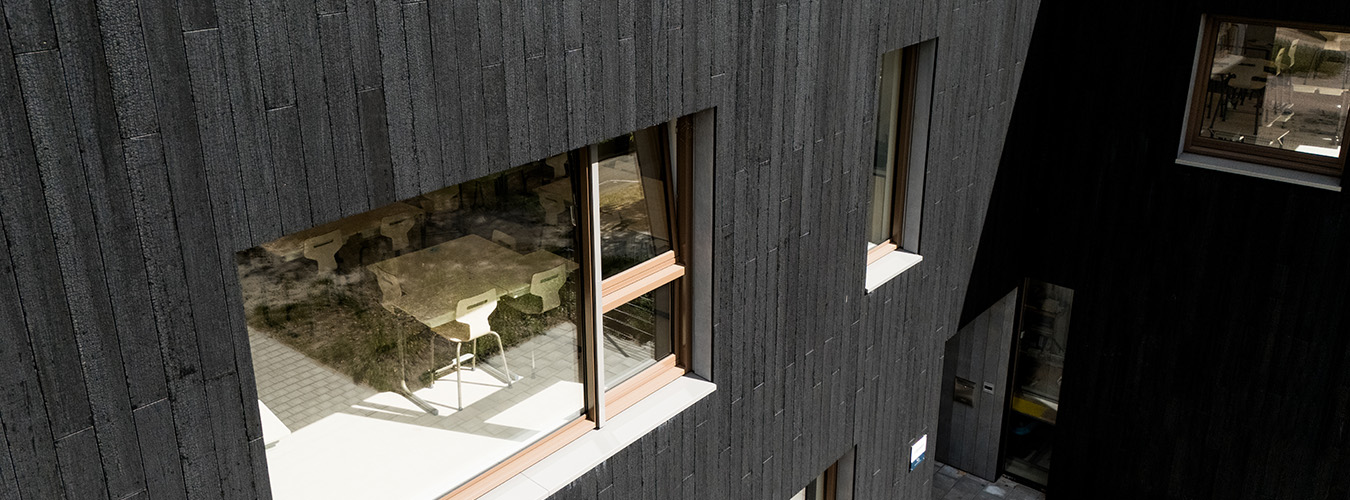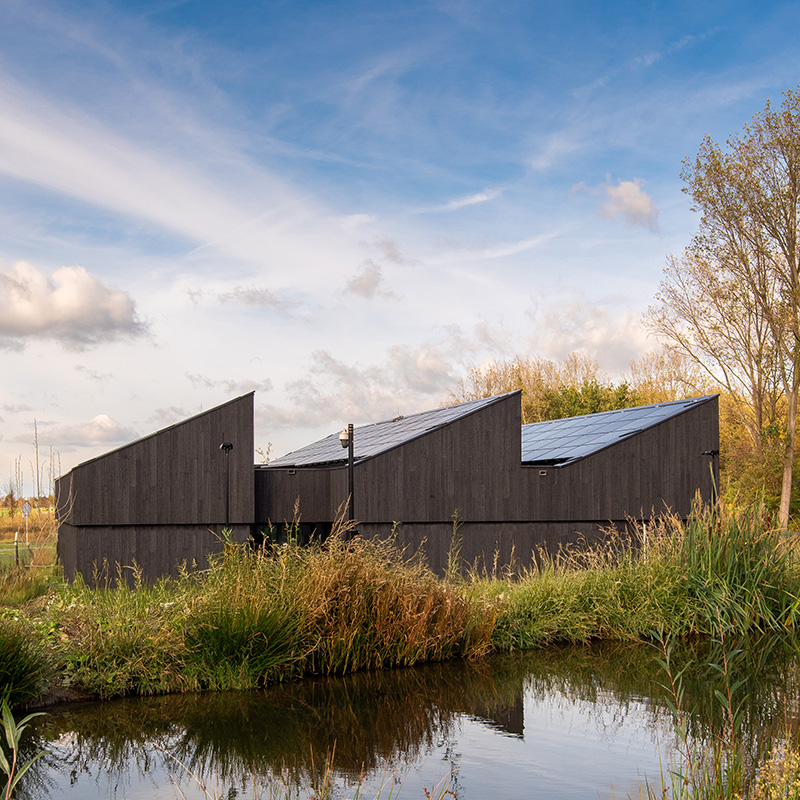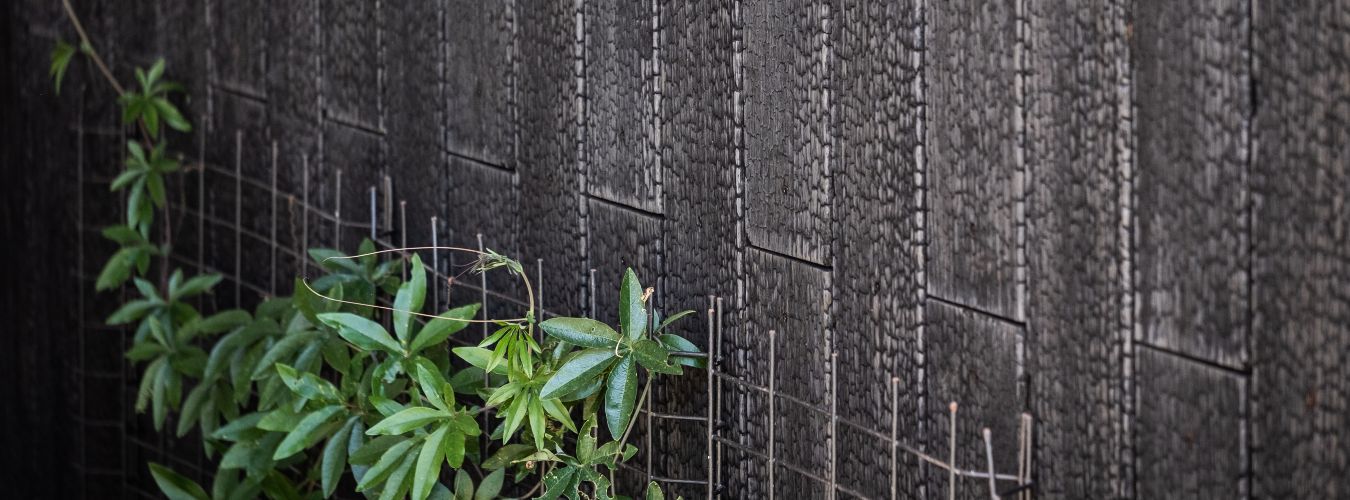Fire safety is an essential part of every façade decision. Not only because of regulations, but also to protect the residents and users of buildings. Whether you are working on an apartment complex, school, or healthcare facility – the right fire class can make the difference between minor damage or a major disaster. In this blog, we explain what Fire Class B means, when it is required, and how the right material choice allows you to combine fire safety with aesthetics.
Fire Class A, B, and D Façade Cladding
When constructing or renovating a façade, fire safety plays an important role. In the Netherlands, we work with fire reaction classes – A, B, and D – which indicate to what extent a façade material contributes to the spread of fire.
- Fire Class A: non-combustible, such as brick. Does not contribute to fire spread.
- Fire Class B: hardly contributes to fire spread.
- Fire Class D: may contribute to fire spread to a limited degree.
Which Fire Class Is Required for Façade Cladding?
- Up to 10 meters in height: minimum Fire Class D.
- Taller buildings or buildings with high occupancy (schools, apartments, hospitals, care facilities): Fire Class B is often mandatory.
- From 50 meters in height: Fire Class A is required.
Fire Class B in Wooden Façades
Wooden façades that need to meet Fire Class B are usually impregnated with a fire retardant based on phosphate salts. This works effectively but has one major drawback: the treatment washes out in the rain. To maintain the fire class, the wood must be finished with paint, which means repainting is required regularly throughout the building’s lifespan.
Yoroi: Fire Class B Without Chemicals
There is also an alternative that does not require impregnation: Yoroi by Zwarthout | Shou Sugi Ban. This is a charred MOSO® Bamboo X-treme® façade product with high density. During the production process, the outer fibers are carefully charred, creating a hard carbon layer.
The effect?
- When exposed to fire, the plank will not burn but will gently glow – like charcoal.
- Hardly contributes to fire spread, without chemical additives.
- The black carbon layer is resistant to UV radiation, meaning the deep-black color remains without painting.
The Yoroi plank has been extensively tested according to the end-use test method and achieves a B,s1-d0 classification – very close to Fire Class A. Moreover, the carbon layer requires no maintenance, completely eliminating long-term painting costs.
The Benefits of Yoroi with Fire Class B
- Fire Class B, s1-d0 without impregnation
- No maintenance required
- Deep-black color remains intact
- Long lifespan
- Luxurious appearance
Choosing the right façade cladding is more than an aesthetic decision – it is also an investment in safety and durability. With Yoroi by Zwarthout | Shou Sugi Ban, you get a façade product that meets strict fire safety requirements, looks stunning, and requires no maintenance. A smart choice for anyone who values quality, longevity, and peace of mind.
Want to learn more or get inspired? Explore projects and information at www.zwarthout.com or contact directly by below button.
